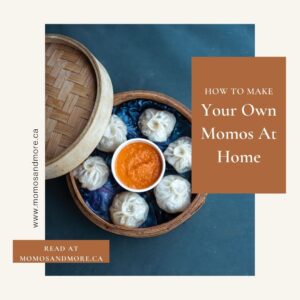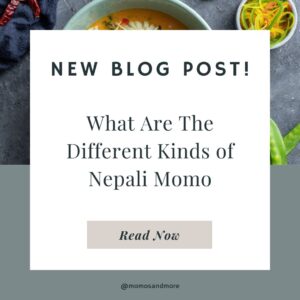
Momo is a food with a rich history that people have been enjoying for generations. Momo’s origins are somewhat unclear but it is known that the food has a rich history in both Nepal and Tibet. Nepali Momo and Tibetan Momo have both become popular in recent years and most people might think that the momo from each culture is pretty much the same, however, there are some notable differences that you should be aware of.
That’s why we felt the need to tell you the difference between these two kinds of momo, even though both are amazing!
Differences Between Nepali Momo & Tibetan Momo
History
While the history is somewhat foggy, the generally accepted history of Nepali momo is that the food came from Tibetan momo after a large number of Tibetans migrated into the Nepali region. From there momo began to be consumed by the broader population of Nepal and became the staple dish of Nepali culture it is today.
Fillings
When Tibetan momo was brought to Nepal and adopted by the local population, the locals started to add their own twist and flavour to the recipe. Tibetan momo was traditionally filled with meat, usually yak meat, as that was the most abundant meat source in the area. However as it spread to areas like Nepal and beyond, Momo began to be filled with vegetables so that people of different diets could enjoy it. While traditional Nepali momo also uses meat in some recipes, this changing of filling is one of the biggest differences. On top of that Nepali momo also uses different spices, herbs and dipping sauces.
Shape & Size
One of the most, if not the most obvious differences between Nepali and Tibetan momo, is the overall shape and size of the food. Tibetan momo tends to come in a crescent moon shape, as opposed to Nepali momo, which tends to be round, similar to Chinese dumplings. Momos from Nepal also tend to be smaller, making them easier to eat in one bite.


